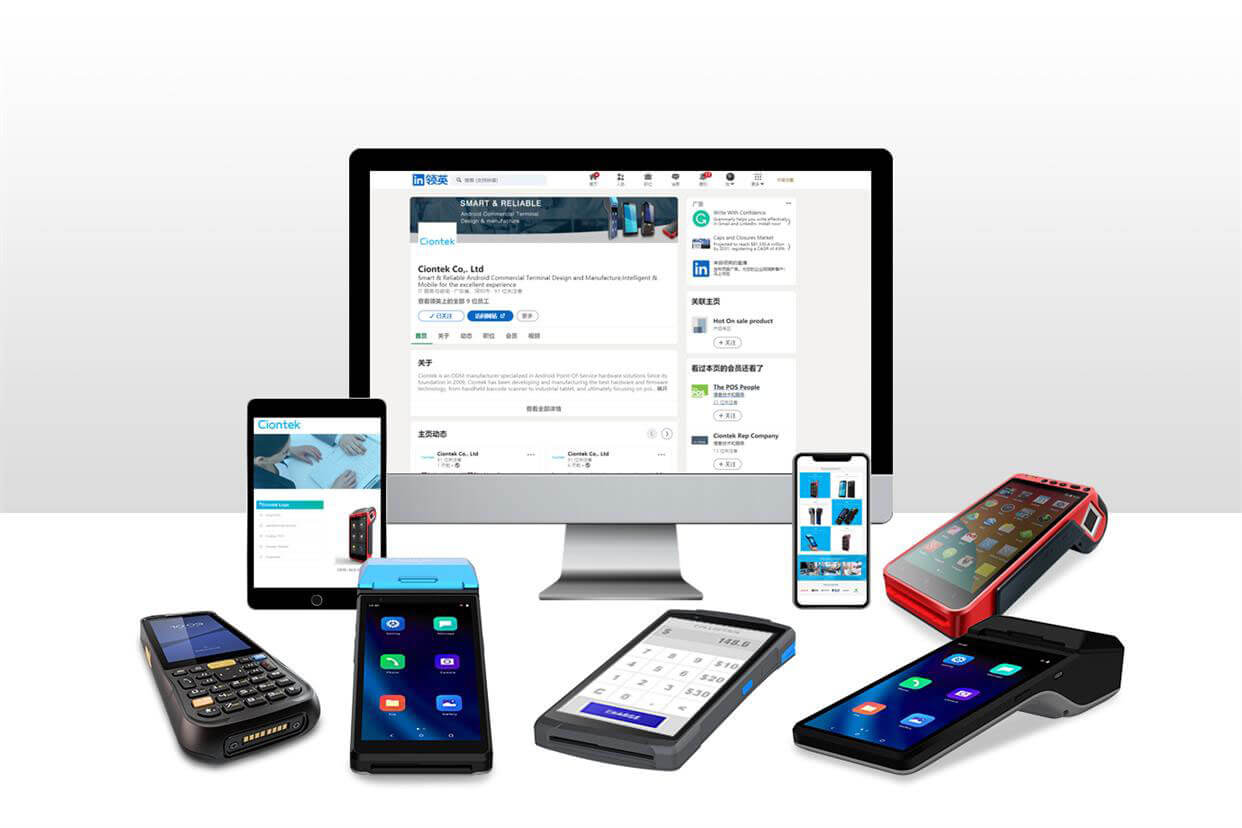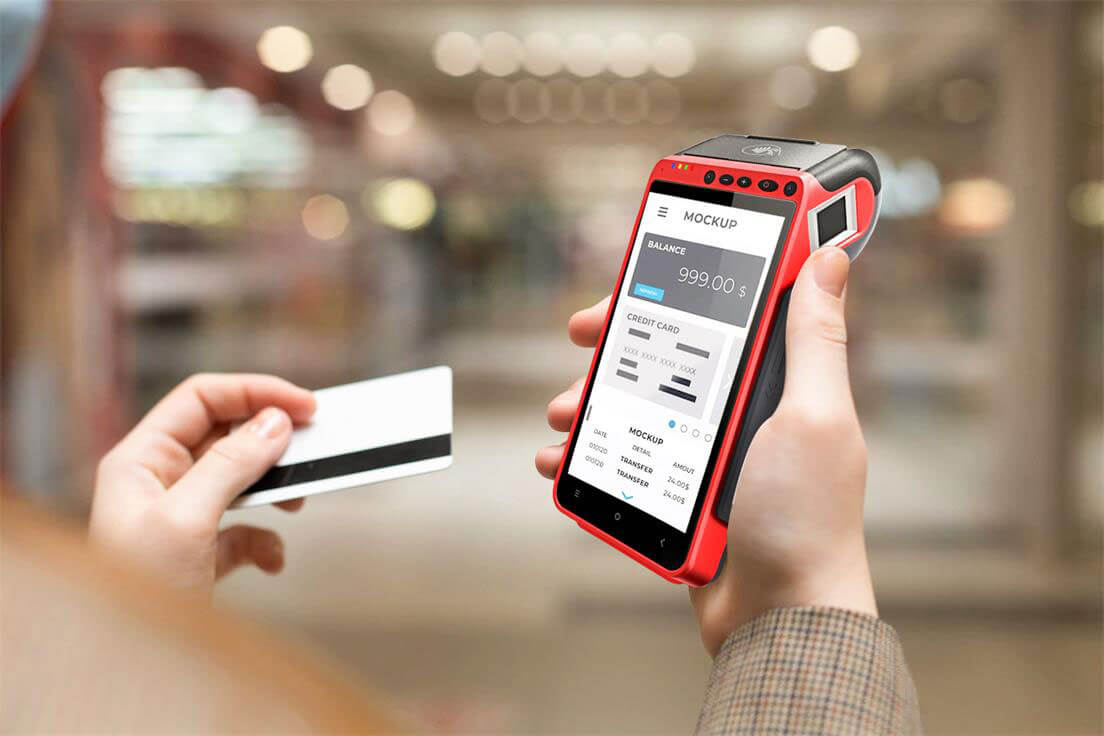How To Use POS Systems In Your Retail Business|CIONTEK
 Release time:2022-3-24
Release time:2022-3-24
Your point of sale system (aka POS) is arguably the most important tool you have your store. From ringing up sales and taking payments to tracking your inventory and storing customer profiles, it keep your retail biz running like a well-oiled machine.
But like with most tools, a point of sale system is only as good as the person using it. That’s why it’s important that you and your team know the ins and out of your POS so you can get the most out of it.
Each solution is different, so there’s no one right way to answer the question of how to use POS systems. But most modern solutions today have similar general functionalities that you should be aware of.
This post will shed light on some of those features and offer tips on how to get the most out your point of sale solutions.
Let’s get started!
 How to use POS systems to ring up sales
How to use POS systems to ring up sales
The primary function of your POS is to ring up sales, so you need to familiarize yourself with the sell screen of the system. Every solution is different, but generally, your POS will let you ring up sales using the following steps:
Add items to the sale – This is the first step of the checkout process. Depending on how your system is set up, adding items can be done by:
- Scanning the product’s barcode
- Searching for it on the sell screen (most POS systems have a search bar / product lookup functionality)
- Using a sell screen shortcut
From there, you can adjust the quantities depending on how many units the shopper is buying.
Apply discounts – If you’re running a sale or would like to apply discounts to a line item or the entire basket, you should be able to use your POS to do so. If your system doesn’t have this feature, see if it lets you adjust the item price manually.
Take payments – This is the part where you get paid. Pretty much all POS systems have the capabilities to take cash or credit card, so the process of accepting these payment types is pretty straightforward.
That said, other solutions enable you to offer additional payment options including:
- Gift cards – If you sell gift cards, make sure they’re integrated with your POS so can accept them as a form of payment. Some point of sale solutions have partnerships with gift card companies so check with your provider and see if you can score a deal.
- Buy now, pay later – As its name clearly indicates, it is a service that lets customers take home items immediately and then pay for it in monthly installments. Popularized by companies like Afterpay, “buy now, pay later” is rapidly gaining popularity, particularly among Millennials and Gen Z shoppers.
- Mobile payments – Depending on your POS and payments processor, you may have the ability to take mobile payments such as Apple Pay. Check with your solution providers to learn more.
- Loyalty – If you have a loyalty program, you can also take loyalty points or rewards as a form or payment.
Add notes – Finally, if you need to add special notes to a sale (e.g., if a customer has a special request or shipping an item to their address) you can add those details as a note.

How to use POS hardware
Hardware goes hand-in-hand with your POS software, especially when ringing up sales. That’s why you need to select solutions that work well with your store’s processes.
A mobile retail business or pop-up shop would have very different hardware requirements compared to a large retail store that needs more bells and whistles.
So, take some time figuring the best hardware solution for your stores. Map out your processes for ringing up sales. Do you do it behind the checkout counter or on the sales floor?
If you have a lot of space and a large catalog in your store, then an integrated POS —with built-in scanner and receipt printer — would be a good option.

Payment types are also a factor. For instance, if you want to accept mobile and contactless payments, you need the right credit card terminals to do so.

How the right POS can help you manage your customers
With shoppers,customer management capabilities aren’t just “nice to have” — they’re practically table stakes. So if your current POS doesn’t have any CRM capabilities, consider finding a solution that does.
Here are some of the features to look for:
Customer database – Ideally, your system should allow you to create customer profiles that contain their contact info and purchase histories.
Customer groups – Being able to create customer groups or segments is also essential, as this will allow you to easily create tailored messaging and promotions. For example, you could create a group for VIP shoppers for when you want to send exclusive perks.
Loyalty program – Speaking of which, offering perks and rewards is a proven way of generating repeat business, so set up a loyalty program if you can. Check with your POS if it has built-in loyalty offerings. If not, you can always opt for third-party integrations .
POS reporting and retail analytics
Exploring POS add-ons and integrations
If you’re using a cloud-based POS system, you can extend its capabilities through integrations. This means you can connect your POS to another platform (e.g., your accounting software, payment processor, ecommerce platform, etc.) so that data flows smoothly from one system to the other.
For example, if you integrate your accounting software with your POS, both systems should be able to “talk” to each other and sync sales and tax information. Or, if you’re connecting your point of sale with your online shopping cart, then the systems should sync your sales and inventory data so you can manage your stock across both sales channels.
Get the most out of your POS
The first step to getting to the best out of your point of sale system (or any platform, for that matter) is to be curious. Most solutions out there packed with useful features, but they go unnoticed because users don’t take the time to really explore the system.
Don’t let that happen to you. If you currently have an existing POS, play around with it to ensure that you’re utilizing all its capabilities. You can also check out your system’s resources (i.e., help center, YouTube channel, blog, etc.,) to gain more knowledge about its different functions and features.
In doing so, you’ll not only learn how to use the system, but you’ll be able to get the most out of it and take your biz to the next level.



